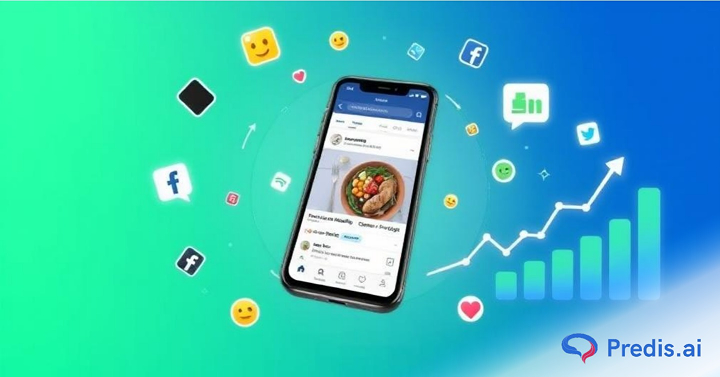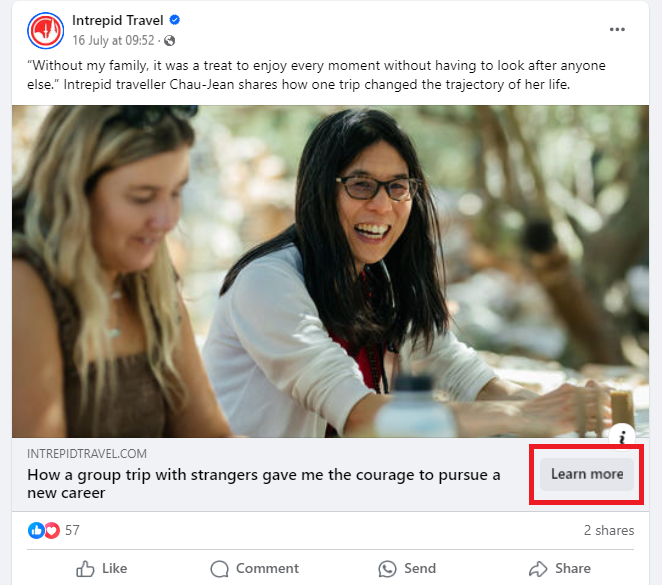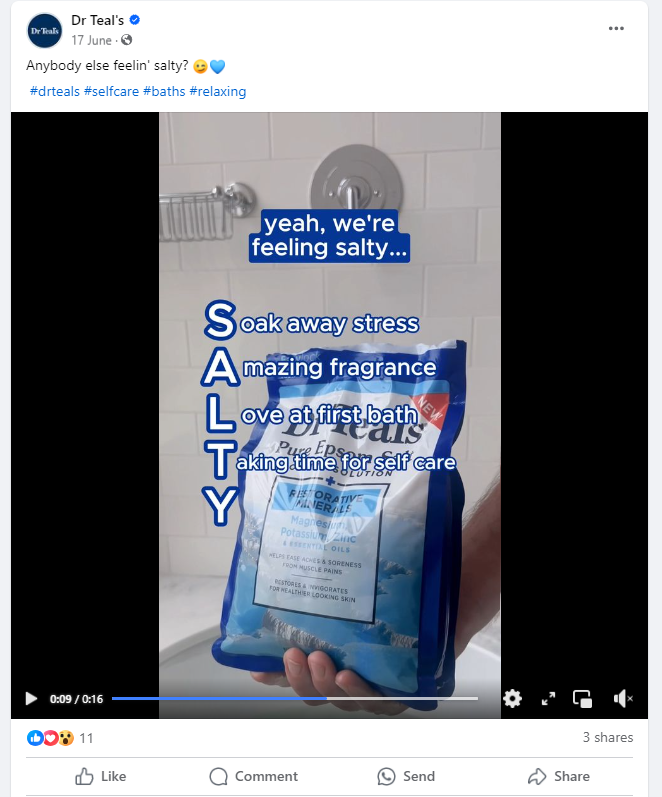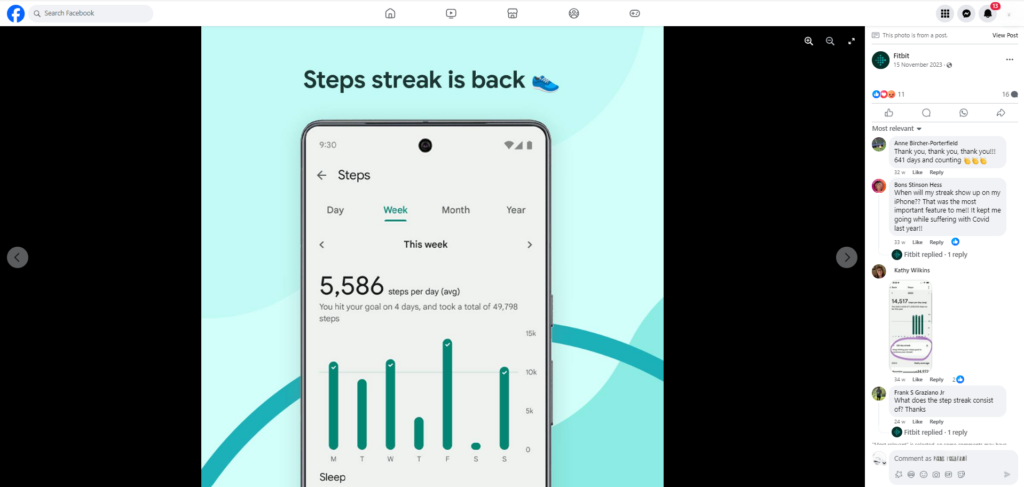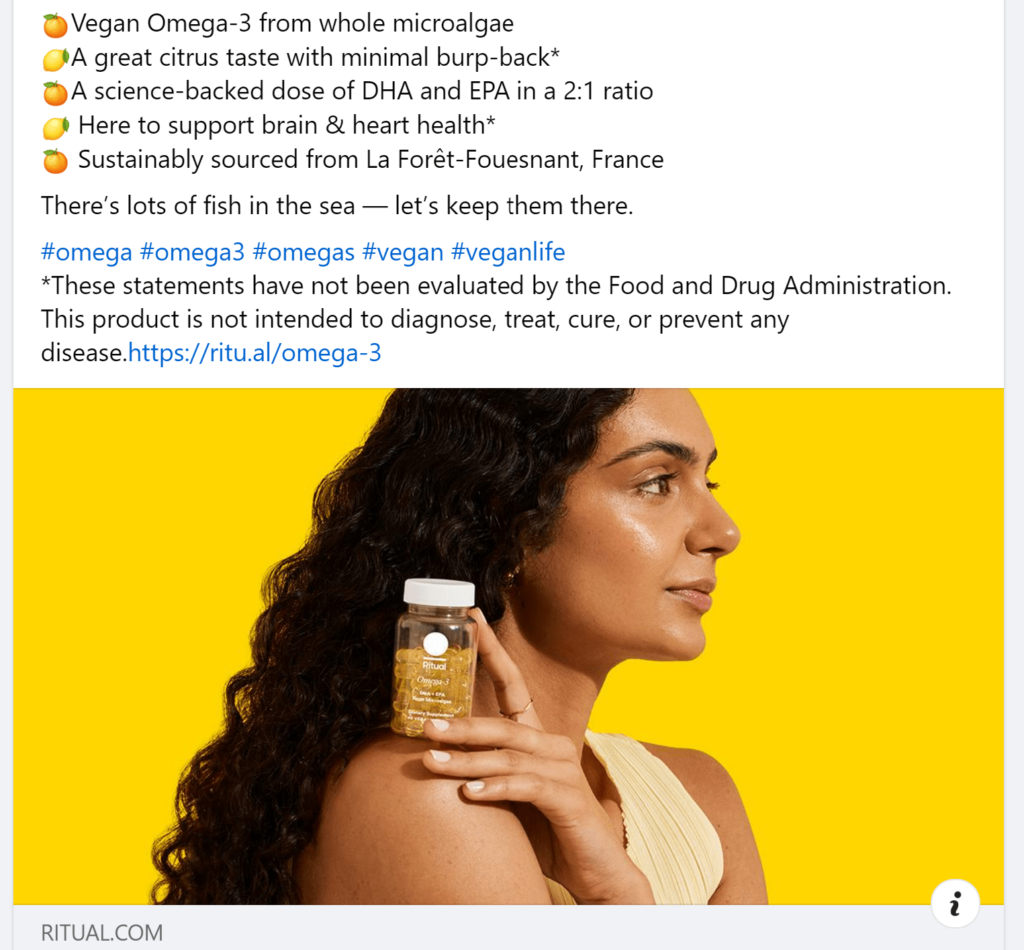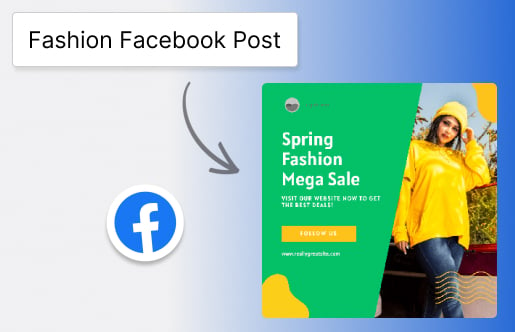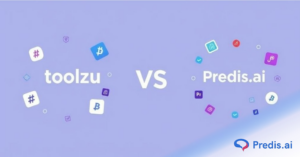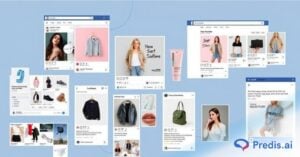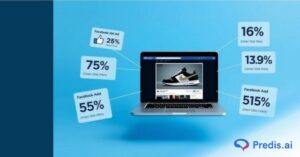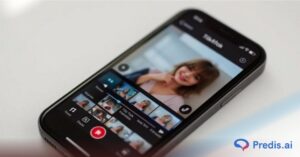How will your health marketing strategy stand out in a world where billions interact daily? There have been constant changes in Facebook advertising, especially in the field of health, which requires targeted and sensitive marketing.
This is advantageous and a prerequisite in the adoption of shifting consumer behavior and privacy regulation. There has been a recent transition wave for health campaigns to personalized content, including a forecast indicating a year-on-year growth of 15% in digital health segment ad spend. This move strengthens the need to employ trending strategies to ensure a high return on investment.
Health organizations that promote wellness products or medical services can understand these trends and incorporate them into their health Facebook marketing strategy for huge gains in reach and customer engagement.
Understanding Facebook Ad Manager
Facebook Ad Manager stands as a pivotal tool in the arsenal of health marketers aiming to navigate the complex landscape of online advertising. It provides a comprehensive platform designed to plan, execute, and manage advertising campaigns with precision and efficiency. Understanding and utilizing Ad Manager effectively can transform how health businesses engage with their target demographics.
Here are the key features of Facebook Ad Manager to generate effective Health Facebook Ad ideas:
- Detailed Targeting Options: Ad Manager allows advertisers to drill down into demographic details, behaviors, and interests. For instance, a health brand can target users interested in wellness blogs, fitness products, or specific health issues, making the campaigns highly relevant and effective.
- Custom Audiences: This feature enables health marketers to reach people who have previously interacted with their content or services. For example, you can target users who visited your website but didn’t make a purchase or those who engaged with a previous post.
- Ad Formats and Placement: Multiple ad formats, such as video ads, carousel ads, or simple image ads, are available, so health marketers can choose the format that best communicates their message. Placement options across Facebook, Instagram, and the Audience Network also allow for varied and extensive reach.
- Performance Tracking and Analytics: The ad manager provides quite in-depth analytics, measuring the effectiveness of an ad. Health marketers can follow such key metrics as engagement rates, click-through rates, or conversions.
- Budget Control: The Ad Manager gives complete control over ad spend, allowing health businesses to set daily or lifetime budgets. You can also adjust spending based on the ads’ performance, ensuring efficient resource use. Manage your ad spend efficiently to maximize the impact of your Health Facebook Ad ideas.
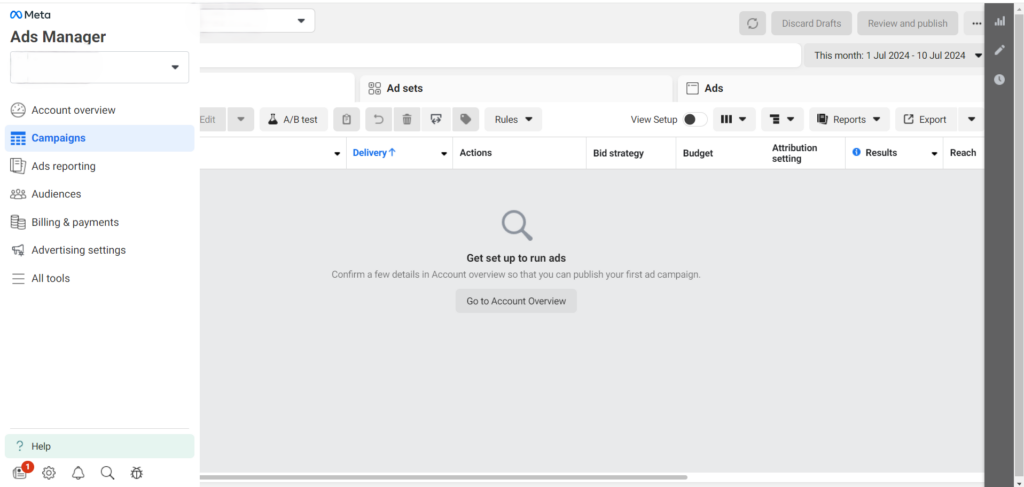
Designing Engaging Health Ads
Designing engaging health ads on Facebook requires a blend of creativity, compliance, and clarity. To resonate with your audience while adhering to health advertising standards, it’s crucial to understand the elements that contribute to successful health ad design. The key elements are:
- Clarity and Compliance: Health ads must clearly communicate their message and comply with regulatory standards. This means avoiding misleading information and ensuring that any health claims are substantiated.
- Visual Appeal: High-quality images or videos that represent the product or service realistically enhance credibility and attract more attention. Visuals should be professional and relevant to the message. For example, ads featuring real-life testimonials or doctor endorsements often see a higher trust score among viewers.
- Targeted Copy: Effective health ads that speak directly to the target demographic’s needs and concerns. Using empathetic and action-oriented language can drive better engagement and conversion rates. According to the National Library of Medicine, more than 50% of the ads used health and welfare as an argument for better selling.
- Call to Action (CTA): The call to action should be strong. Your CTA, be it ‘Learn More,’ ‘Book Now,’ or ‘Get a Free Trial,’ must be assertive and effective to align with the objective of your advertisement.”
Using Health Ad Templates Effectively
Health ad templates provide a framework that ensures consistency and compliance, which is crucial for health marketing. Here’s how to utilize these templates effectively:
- Personalization: Start with a template, but go ahead and fill in the flavor of your brand or what you’re trying to convey through the campaign. Change up the color, font, and visuals accordingly to stay on brand throughout the campaign but allow the ad to pop amongst busy newsfeeds.
- A/B Testing: Use templates to test different elements in your ad. For example, you may change the headline, image, or CTA placement and see which version is performing the best. This way, you can do optimization based on real user feedback.
- Segmentation: Use different templates for different audience segments. The design of the ad and the message can be modified according to different target audiences in each specified group so as to make it more engaging.
- Mobile Optimization: Ensure that the templates are viewable on mobiles, as quite a significant number of Facebook users come from this source. Mobile-optimized ads should load fast, have easily readable text, and be touch-friendly.
Design compelling health ads effortlessly with Predis.ai’s Facebook Ad Maker. Get started now to create visually appealing ads that resonate with your audience.
Targeting and Reaching the Right Audience
Approximately 90% of Americans turn to social media for health-related information. Given this trend, precisely defining and targeting the ideal audience is critical for the effectiveness of health-related Facebook ads. This precision in targeting optimizes ad spend and enhances the overall effectiveness of campaigns.
The first step is to define who your ideal audience is based on health-specific criteria. This might include factors like age, geographic location, and health interests.
Importance of Demographic, Interest, and Behavior Targeting
- Demographic Targeting: This will help you segment your audience by age, gender, location, and even language, which is critical in the case of products aimed at specific demographics. For example, the target audience of memory aids can be users over 55 years old.
- Interest Targeting: One of the numerous possibilities on Facebook pertains to tapping into people’s interests. Health campaigns, for example, will target users who have interests in fitness, wellness, diabetes care, or other health issues.
- Behavioral Targeting: Serving ads based on purchase behavior, device use, or some other activity. In the case of health ads, you may find users who have shown some interest in products or services that belong to the sector through their online behavior.
Actively aligning your content to a user’s preferences and interests can increase engagement by up to 60% and have the potential to generate, on average, 20% more revenue.
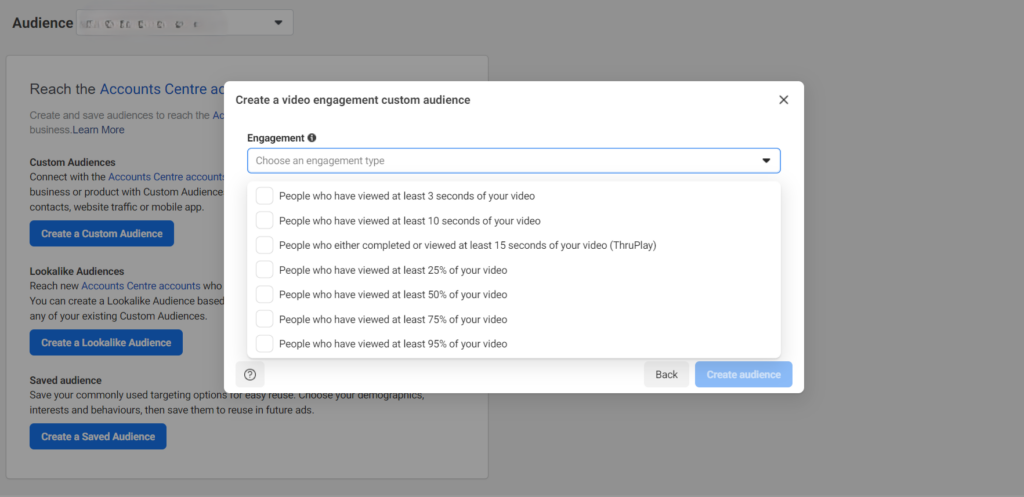
Creative Health Ad Ideas for 2024
At a glance forward, the landscape of health marketing on Facebook is about to see innovative shifts as it uses emerging trends and new technologies for deeper audience engagement. Health organizations can use these trends to make creative ad campaigns that draw attention and lead to engagement and conversion.
When brainstorming Health Facebook Ad ideas for 2024, consider these innovative strategies:
1. Video and Live Demos
Video marketing remains a staple in the digital landscape, used by over 90% of businesses. Live demos are gaining traction for their authenticity and ability to create real-time engagement. Health brands can use this by hosting live Q&A sessions or demonstrations of health products and procedures.
- Example: Dr. Teal’s uses video ads to demonstrate the soothing and therapeutic effects of their Epsom salt products. Their videos often include demonstrations of how to use the products in a relaxing bath setup, showing the salt dissolving in water and people enjoying a calming bath.
- Impact: These video demonstrations have effectively communicated the immediate benefits of relaxation and relief provided by the products, leading to increased consumer interest and sales. The visual and sensory appeal conveyed through the videos helps viewers imagine the relaxing experience in their own homes, significantly enhancing the ad’s effectiveness.
Use Predis.ai’s Facebook Video Maker to create high-impact videos that capture attention and effectively deliver your message.
2. Community-Focused Campaigns
Community-focused campaigns are effective Health Facebook Ad ideas. It can help health brands establish a loyal customer base. These campaigns can encourage user-generated content, such as sharing personal success stories or tips.
- For example, Fitbit runs community-focused campaigns that encourage users to join global challenges and share their progress on social media. One notable campaign is the step challenge, where users around the world participate in a virtual race by syncing their daily steps to a collective goal. T
- Impact: By emphasizing community engagement and personal achievement, these campaigns encourage more active participation in using Fitbit and foster a supportive network of users. The result is enhanced brand loyalty and increased user interaction.
Create engaging posts that spark conversation and build community around your brand. Use Predis.ai’s Facebook Post Maker to craft posts that connect and convert
3. Educational Content Ads
With a growing focus on informed health decisions, educational ads that provide valuable information can be particularly effective. These ads can use infographics, short videos, or links to longer articles.
- Example: The American Diabetes Association uses Facebook ads to share educational content about managing diabetes, including dietary tips, lifestyle changes, and symptom management.
- Impact: This strategy helps the organization establish itself as a reliable source of valuable information, which is crucial for building trust with its audience. By providing actionable advice and support through their ads, they educate individuals about diabetes management and drive significant traffic to their websites.
4. Leveraging User-Generated Content
Encouraging user-generated content (UGC) remains a powerful strategy for health brands. Thus, sharing real stories and testimonials can increase the authenticity, community, and trust around the brand. Forbes says that 92% of consumers trust UGC over traditional advertising.
- Example: The company Peloton does a great job with using user-generated content by encouraging its members to share their success stories and personal workout stories on social media.
- Impact: This resulted in increased community engagement and trust. Peloton reports membership signups increased after campaigns with real user stories.
5. Augmented Reality (AR) Experiences
According to Statista, the AR Advertising market is projected to experience a compound annual growth rate (CAGR 2024-2029) of 9.25%, leading to a market volume of US$8.0bn by 2029.
AR technology allows brands to create interactive and immersive experiences directly through Facebook ads. These ads can offer virtual try-ons, tutorials, or interactive health quizzes.
- Example: Fyter uses AR to enhance home workouts by incorporating boxing and strength training into its app. Their Facebook ads showcase a virtual trainer guiding users through exercises, creating a dynamic and interactive workout experience right in their living spaces.
- Impact: This approach has significantly increased app downloads and user engagement, with users responding positively to the realistic and intense workout sessions. The effective use of AR in their ads has improved conversion rates and fostered a community of users who appreciate the innovative combination of technology and fitness.
6. Focusing on Preventative Health
Wellness and preventive health are strong trends, which means ads with those themes can resonate with many people looking to improve their long-term health.
- For instance, the Calm app, which deals with mental health, conducts ad campaigns on Facebook. With related images and videos of peaceful scenery, they invite users to take part in exercises to meditate right within the advertisement.
- Impact: Such interactive ads have helped the app gain in popularity and usage, further attaining Calm as one of the top apps in the health and fitness category.
7. Mental Health Awareness Campaigns
With increasing awareness and destigmatization of mental health, ads that focus on mental wellness solutions can attract significant attention and engagement.
- Example: Headspace uses Facebook ads to promote its meditation and mindfulness services, emphasizing their benefits for long-term mental health.
- Impact: These campaigns have effectively increased app downloads and subscriptions, with Headspace seeing an uplift in engagement from ad campaigns focused on preventative wellness.
8. Eco-Conscious Health Products
As sustainability gets onto the top of the list for consumer priorities, ads that promote eco-friendly health products or practices have much more visibility potential. Indeed, a recent survey indicated that 70% of consumers prefer to buy from environmentally responsible brands.
- Example: Ritual, a vitamin company, focuses on the traceable ingredients and eco-friendly packaging of its products in the Facebook ads it uses for marketing.
- Impact: Ritual has been influential in creating a significant rise in brand loyalists, who are increasingly interested in sustainability. This is reflected in their marketing campaigns.
Optimizing Ad Spend and Budgeting
Managing ad budgets efficiently is a basic way for brands to maximize their return on investment in health marketing. Strategic approaches to ad spending ensure that brands are able to cut through the clutter to reach their target audience without overspending.
The key strategies for optimizing ad spend are:
- Define Clear Objectives: Start by setting measurable and clear objectives for each campaign. Clarity of this guides your budgeting to determine which campaigns should be more invested based on their potential impact.
- Advanced Targeting: Sophisticated targeting options are tools to reach your ideal audience. Use targeting by demographic, geography, and behaviors to reduce wasted impressions and ensure your ad is seen by someone likely to respond.
- Using Analytics for Budget Adjustment: Continuously monitor your campaigns using Facebook’s analytics tools to see which ads perform best. Adjust your spending in real-time by reallocating your budget from underperforming ads to those that generate better results.
- Implement A/B Testing: Test out your ads regularly with different versions to know which of these elements appeals most to your audience. Insights from these tests can actually help make ad designing more effective and target audiences better.
- Capitalize on Ad Scheduling: Schedule your ads to run on Facebook when your audience is most active. Good timing will earn you better engagement, helping you spend less for more.
Measuring Success: Metrics and Tools
You must evaluate the success of health Facebook ads effectively. For this, you should track specific KPIs and utilize strong tools that offer deep insights into campaign performance and return on investment.
Key Performance Indicators for Health Facebook Ads
- Click-Through Rate (CTR): This measure measures the percentage of people who clicked on your ad after seeing it. A high CTR indicates that your ad is relevant and engaging to your target audience.
- Conversion Rate: This metric tracks how many clicks resulted in a desired action, such as signing up for a newsletter, making a purchase, or booking an appointment. It is vital to understand how effectively your ad drives action.
- Cost Per Click (CPC) and Cost Per Acquisition (CPA): CPC measures the cost for each click on your ad. CPA focuses on the cost of each conversion. These metrics help assess the financial efficiency of your ads.
- Return on Ad Spend (ROAS): Calculates the revenue generated for every dollar spent on advertising. A positive ROAS indicates a profitable ad campaign.
Conclusion
As we move ahead, the landscape of health Facebook marketing continues to evolve, demanding innovative and strategic approaches. The insights discussed above will significantly boost the effectiveness of your efforts. This way, health brands can enhance their Facebook ads by focusing on content that is relevant and centered around their audience. Additionally, brands should continually measure and refine their strategies based on concrete data to ensure optimal performance. By focusing on innovative Health Facebook Ad ideas, health brands can stay ahead of the curve.
Ready to take your Facebook health marketing to the next level? Check out Predis.ai’s suite of tools that maximize your ROI through a more efficient ad creation process. Start your free trial today!


